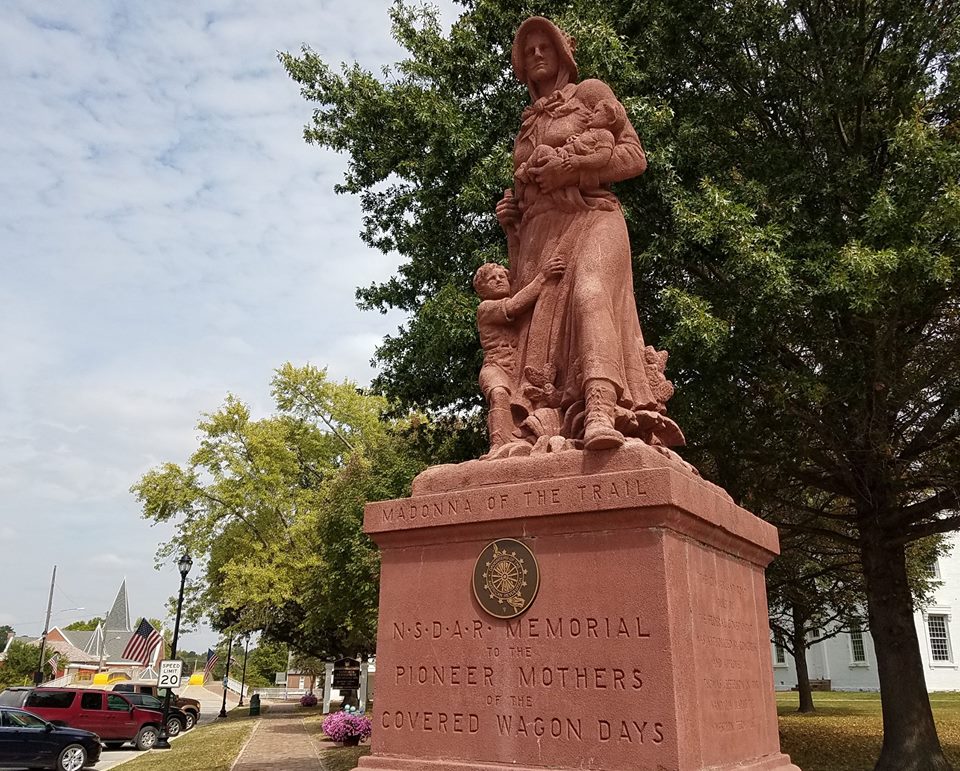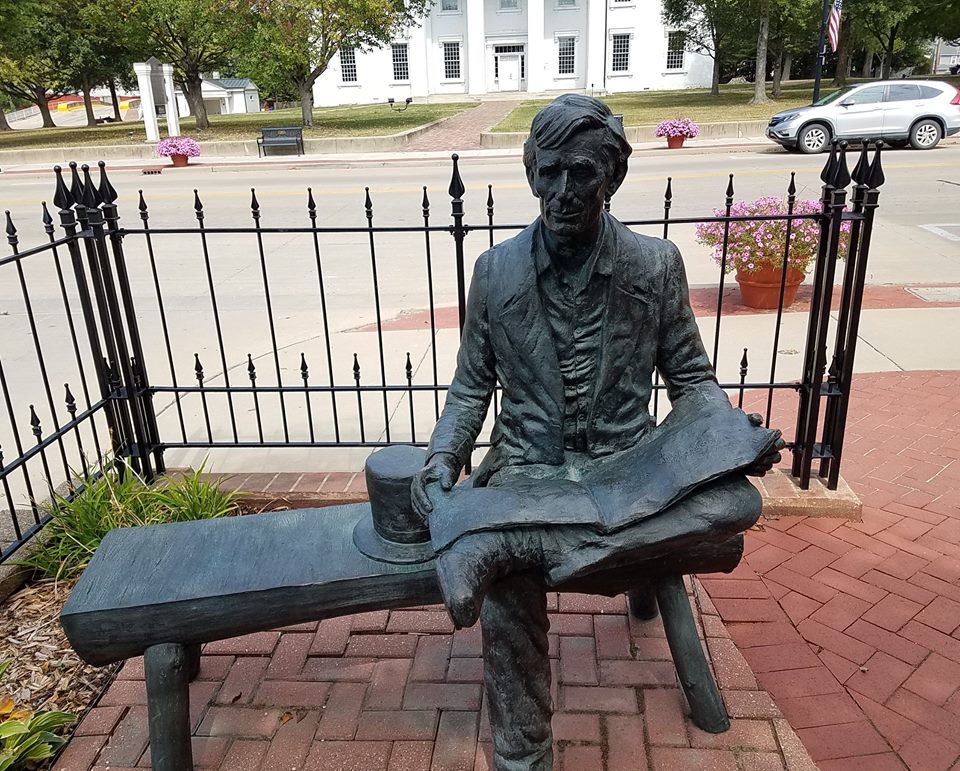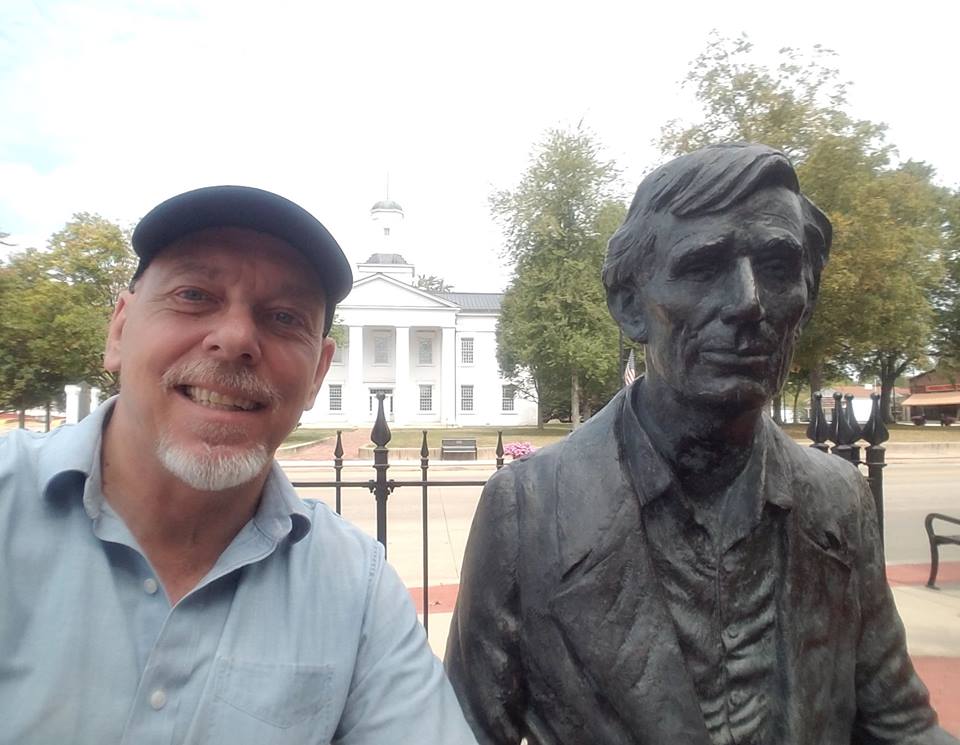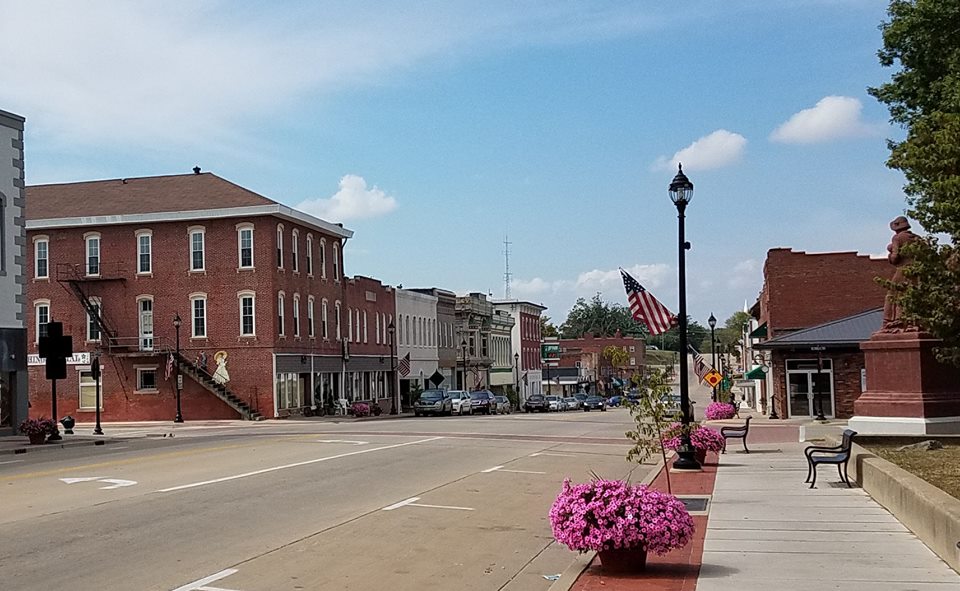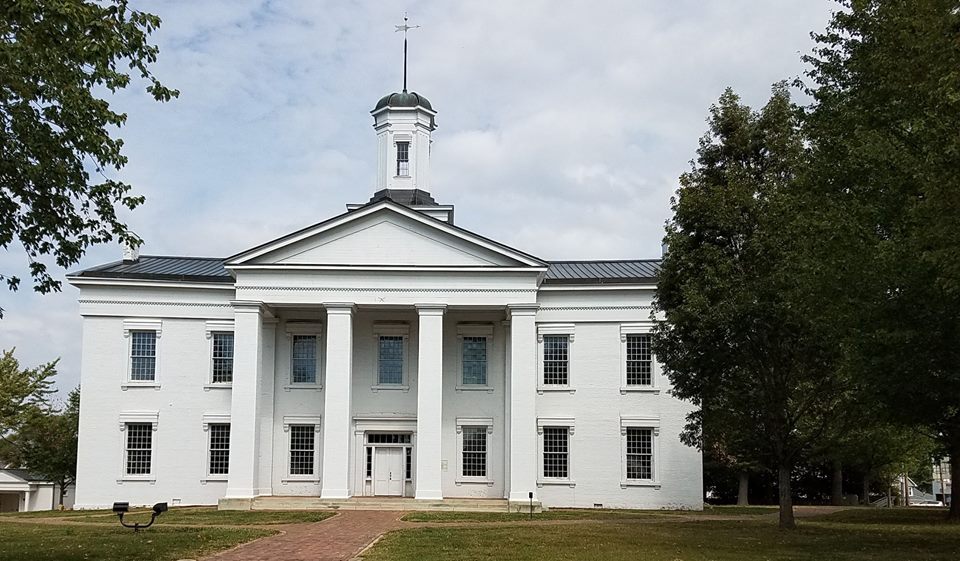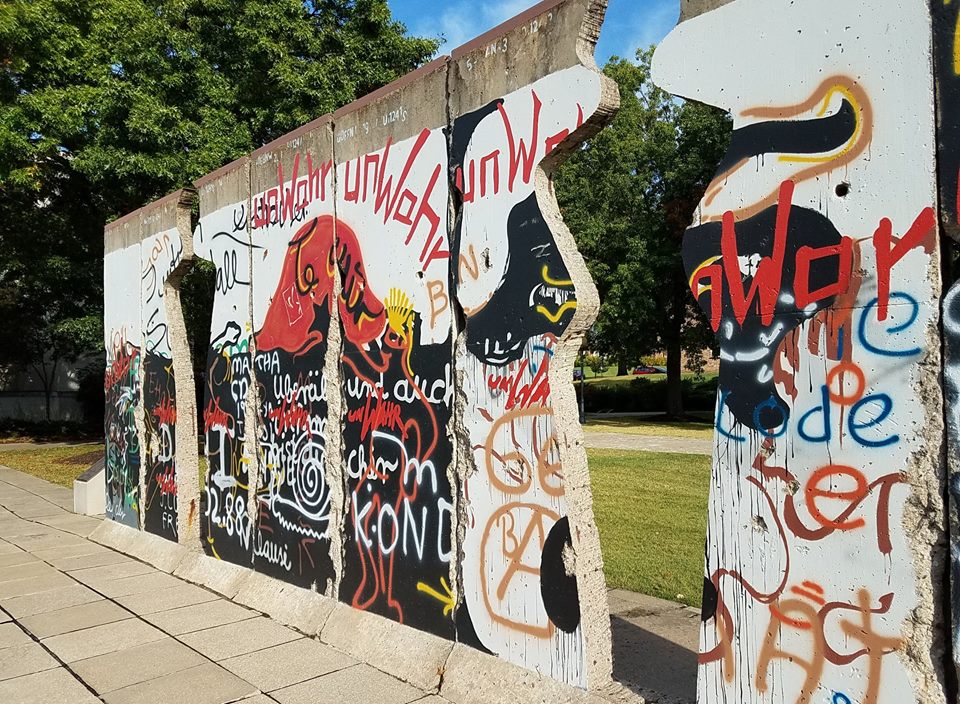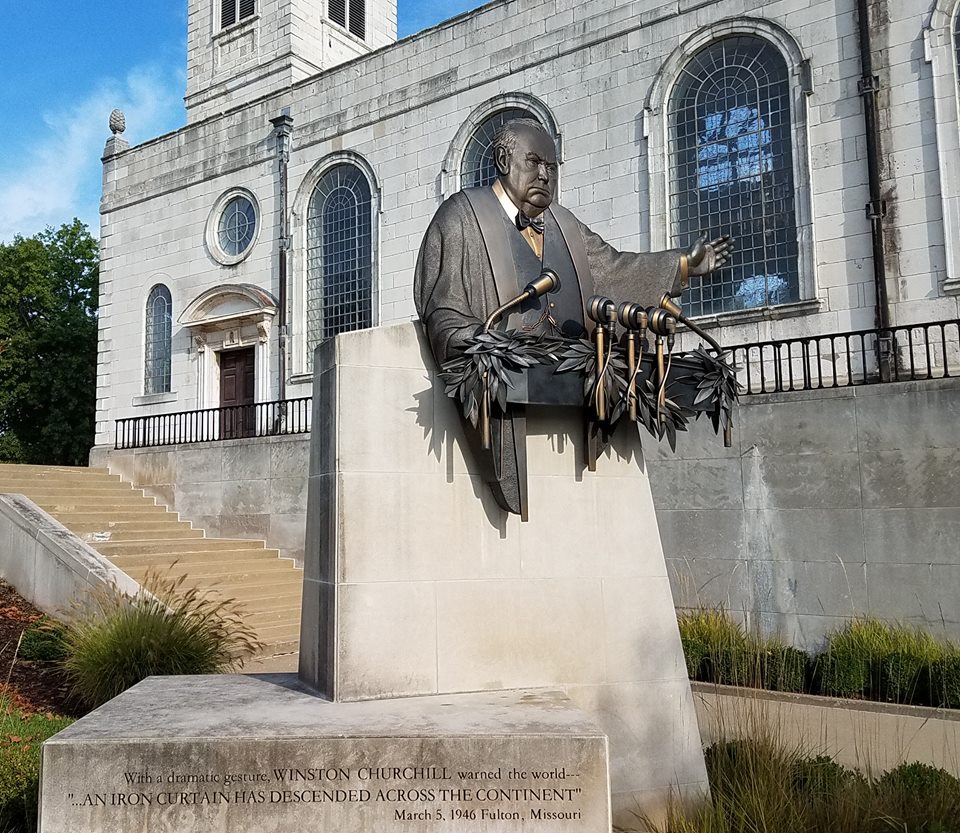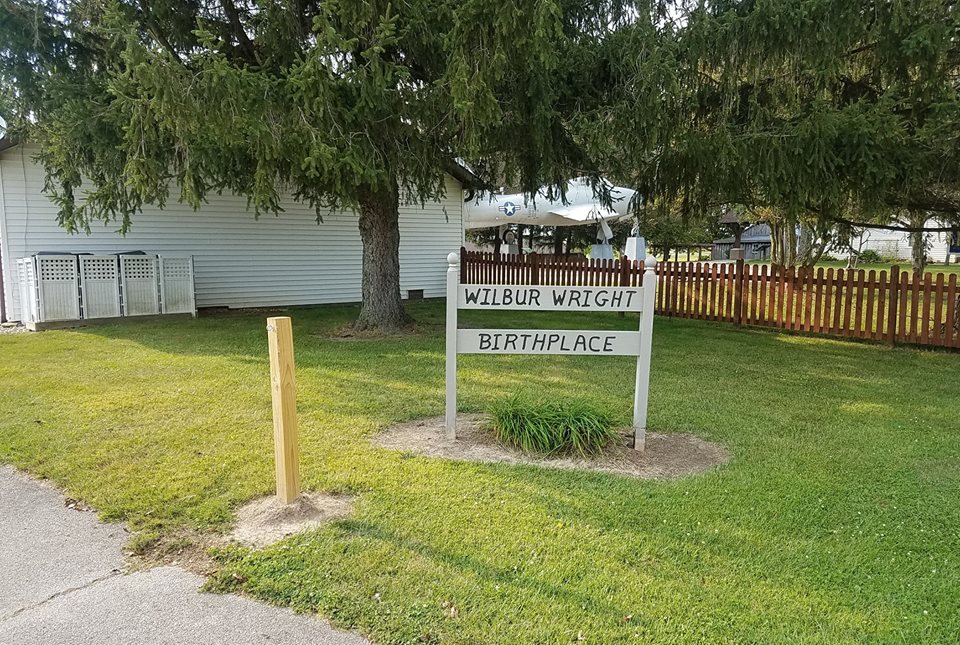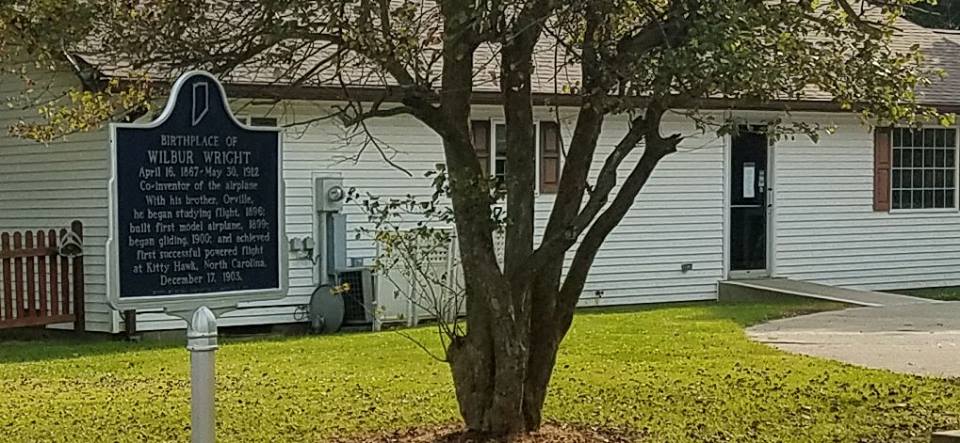The National Road
The National Road was authorized by Congress and signed into legislation by Thomas Jefferson in 1806. It started in Cumberland, Maryland and ended in Vandalia in what became the State of Illinois. It was the first piece of big public infrastructure that facilitated the settlement of western Maryland, Ohio, Indiana and Illinois – the first “West.” Vandalia was the first capital of Illinois and the place where young Abe Lincoln got his start.
I went to see young Abe and the terminus of the National Road. Life was tough for the pioneers. Imagine carrying everything you own in a wagon and establishing yourself in a wilderness. It was primitive. It is amazing that they could build our great country.
The first picture is the monument to pioneer women. It stands at the end of the National Road. Next is Abe and then Abe and me. My friend Steve Holgate used to do Lincoln one-man-shows, so he should appreciate that young Abe kind of looks like him. Next picture is the busy US 40. US 40 more or less follows the route of the National Road. It is now superseded by Interstate 70. Last is the old State Capitol.
The Iron Curtain
“From Stettin in the Baltic to Trieste in the Adriatic an “iron curtain” has descended across the continent. Behind that line lie all the capitals of the ancient states of Central and Eastern Europe. Warsaw, Berlin, Prague, Vienna, Budapest, Belgrade, Bucharest and Sofia; all these famous cities and the populations around them lie in what I must call the Soviet sphere, and all are subject, in one form or another, not only to Soviet influence but to a very high and in some cases increasing measure of control from Moscow.” This is what Winston Churchill said in a speech in Fulton, Mo on March 5, 1946. It was a recognition of the Cold War. Some people, many people, thought that our wartime friendship with the Soviet Union could continue, but our goals and values were fundamentally incompatible.
I stopped at Fulton to see the place where the speech was delivered. It sort of completes my middle America history visits, since I went to see Eisenhower and Truman
This part of history has always been fascinating for me. Fighting world communism was one of the reasons I joined the FS. For the trip back home, I got a new audio book, The Cold War: A World History by a couple Norwegians, Julian Elfer and Odd Arne Westad. It is a different perspective.
The authors go way back to pre-WWI times and characterize Russia under the Czar as a hierarchical anti-capitalist country, while the USA was where the market developed most. After WWI, several flavors of anti-capitalistic/anti-democratic regimes developed, including the Soviets, Nazis, along with various other sorts of fascists and authoritarians.
Fascists and communists shared hatred for free market democracy, but they also hated each other, since each wanted to impose its own sort of totalitarianism. This is as far as I got.
Anyway, we vanquished the Nazis in 1945 and the communists in 1989, but these bad ideas have ways of resurfacing. Eternal vigilance is the price of liberty.
My pictures are from the Churchill memorial. The first is a piece of the Berlin Wall. We sort of got used to it, but consider how truly evil it is to kill people who want to leave your country. Reagan was right to call it an evil empire.
The Wright Brother
In the worth seeing but not worth going to see department, I went to see the birthplace of Wilbur Wright. You have to drive around seven miles from I-70 along a pleasant country road fittingly called “Wilbur Wright Road” that connects with “Wilbur Wright Circle.”
Chrissy suggested that if his parents had anticipated having such an illustrious son they would have investing in a more appropriate house.
There is a good book on the Wright Brothers by David McCullough (the same guy who wrote bios of John Adams and Harry Truman). The early the last decades of the 19th century and the first ones of the 20th were a dynamic time in American history. Airplanes, automobiles and lots of other things were being invented and perfected. My Brazilian friends don’t credit the Wright brothers with the invention of the airplane. They credit their own Alberto Santos-Dumont, who they also say gave us the wrist watch. The Wright brothers flew in 1903. Santos-Dumont flew in 1906, but Brazilians argue that Santos-Dumont’s machine took off on its own power. Suffice it to say that they were all pioneers of aviation.
I didn’t take a picture, since I thought it might be rude, but there were lots of signs opposing a proposed wind farm in the area. I think it would be appropriate to have big propeller-like structures, but the locals disagree

